
Ask any gardener what their favorite plant is, and you are sure to get multiple answers. Some of my favorites are in the genus Salvia. It offers a wide variety of garden plants with impressive flowers. I have many containers scattered throughout my garden, and there are more pots planted with salvias than any other flowers. When I say Salvia, I am not just referring to common bedding types, like mealycup sage. My favorites are bold, perennial everbloomers.
Though many of the varieties that I plant are technically perennial if we have a severe winter they may not survive. My philosophy is that the plants provided me with so much enjoyment that even if they die, they were worth it. Fertile soil with good drainage is essential for potted salvias, so I use Black Gold® Natural & Organic Potting Mix and often add Black Gold® Perlite as an added insurance for good drainage. Most also require full sun to thrive and bloom to their fullest.
Here are my top five favorite bold salvias that will bloom through summer. As an added bonus, all are very attractive to hummingbirds.
Anise-Scented Sage
Salvia guaranitica ‘Black and Blue’ has been a longtime favorit, and we have had at least one pot on our deck for many years. It begins blooming in May and continues until fall. Often plants at garden centers will be in bud or bloom, and the flowering will continue until frost. Cut the old flower stems back to prevent the plant from going to seed, which will increase flowering. It is marginally winter hardy. In my yard, the stems die to the ground but often the roots will survive.
Salvia guaranitica ‘Amistad’ is similar in habit to ‘Black and Blue’ except the flowers are darker and more violet instead of blue. It is a consistent bloomer just like ‘Black and Blue’.
Scarlet Sage
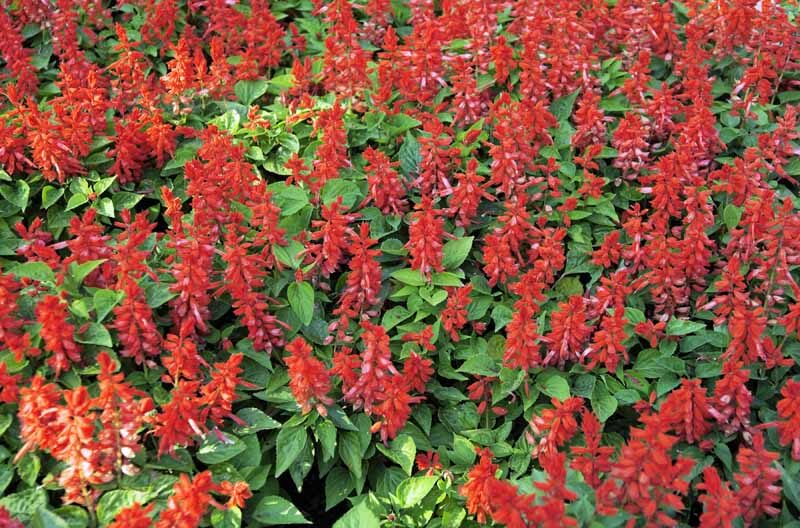
The tender perennial Salvia splendens ‘Saucy Red’ has flowers that look ‘muddy red’, according to a friend visiting my garden. This might not sound like an attractive color, but the plant is spectacular when it comes into full bloom. ‘Saucy Red’ blooms late in the season, and in my garden it does not begin flowering until late summer. It has not been winter hardy where I live, but further south it will live from year to year. The tall ‘van houttei Peach’ is another recommended Salvia splendens variety with palest peach-pink flowers.
The Wish Salvias

Salvia ‘Embers Wish’ was a new salvia for me last year, and I am planting it again this year. It has coral-red flowers that appear early and continue all summer. It is a prolific bloomer and a vigorous plant, reaching 4-feet high. It received full sun in my garden, and the flowers did not fade. The roots did survive the winter and new growth is now appearing. Salvia ‘Wendy’s Wish’ is almost exactly the same but it has violet-pink flowers.
Bolivian Hummingbird Sage

Bolivian hummingbird sage (Salvia oxophora) was also new to me last year, and the flowers look the least like a typical salvia. It also goes by the common name Fuzzy Bolivian Sage because the flowers have a fuzzy, almost velvety look. It prefers some afternoon shade in areas where it is very hot. It is not winter hardy and since I did not want to lose it, I took the pot into our garage during the cold weather. While the plant did not look so good when I took it outside this spring, I cut it back about half way and new healthy looking growth is appearing.
Texas Sage
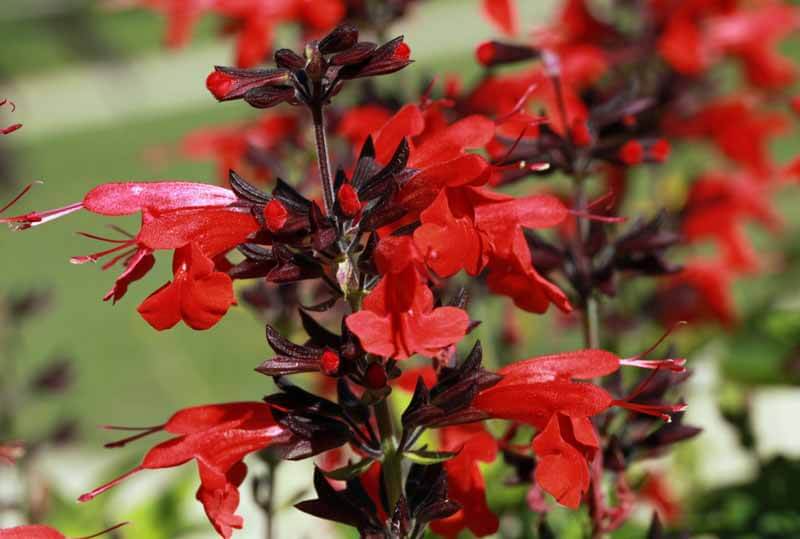
Classic Texas sage (Salvia coccinea) is a tender perennial that has bright red flowers that bloom all summer and well into fall to feed migrating hummingbirds. There are also white and coral-pink varieties. Pinch back the old flowers of this heat-tolerant tender perennial to encourage more blooms.
Try any one of these salvias, and I do not think you will be disappointed. You’ll have colorful blooms all season and hummingbirds to spare.

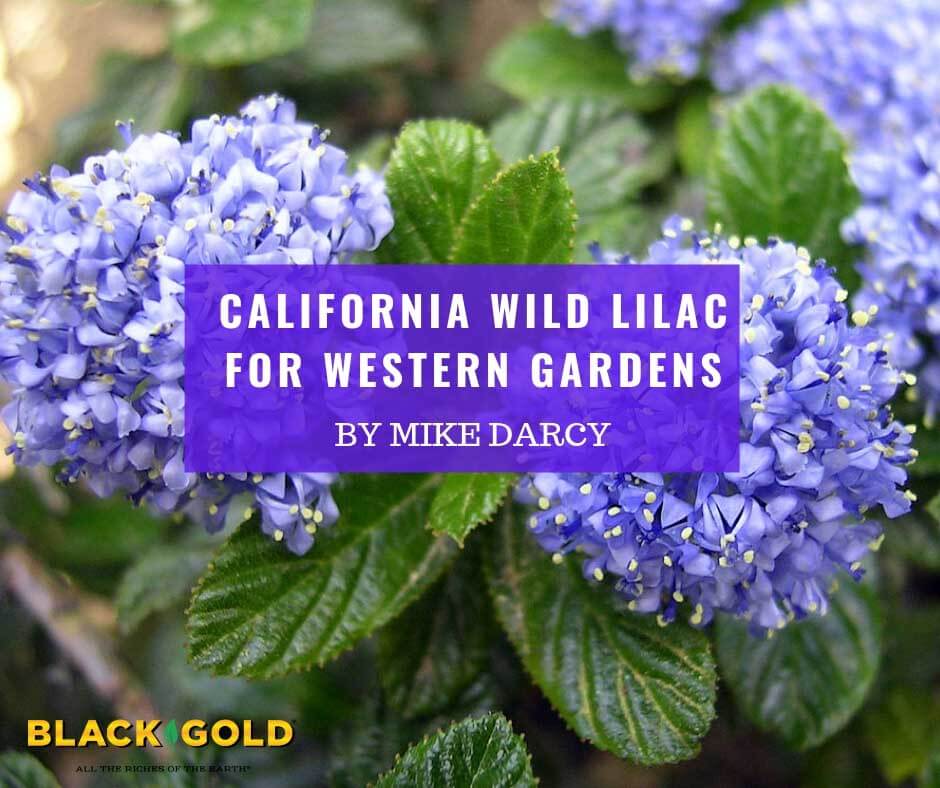

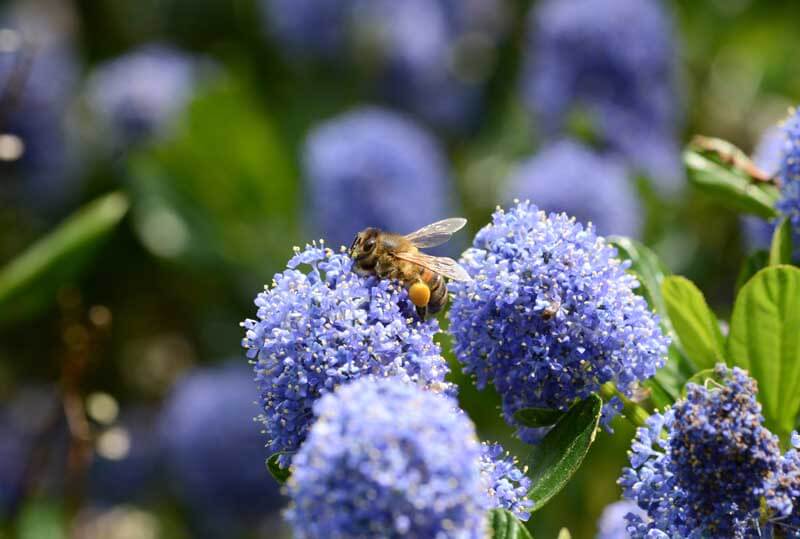
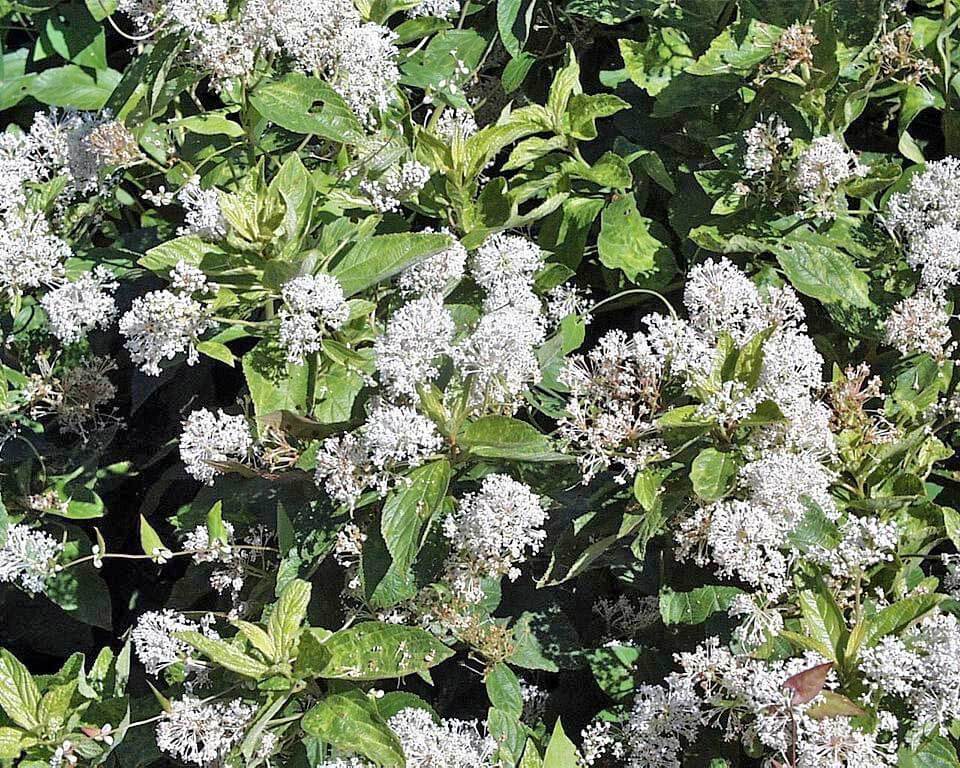


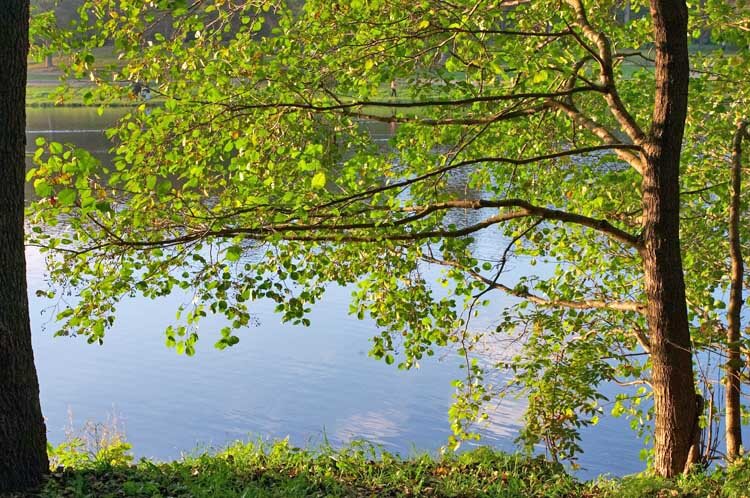
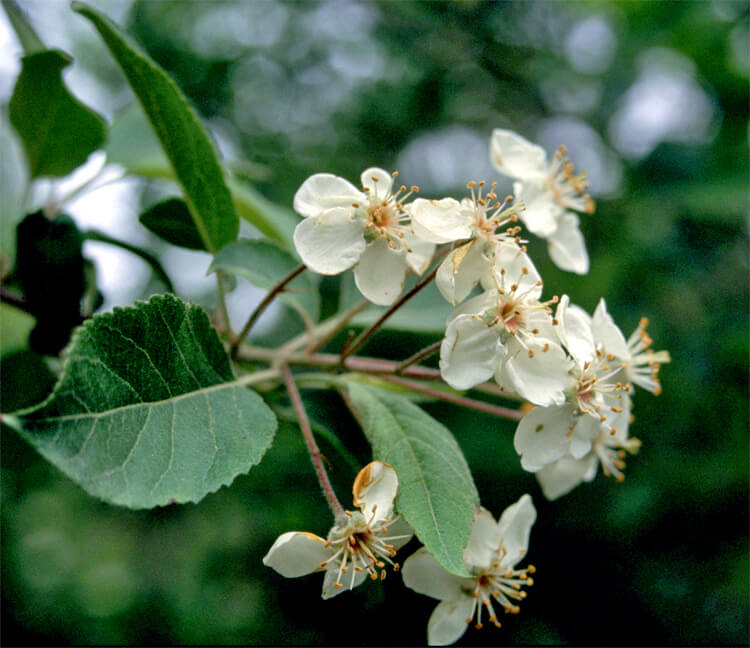
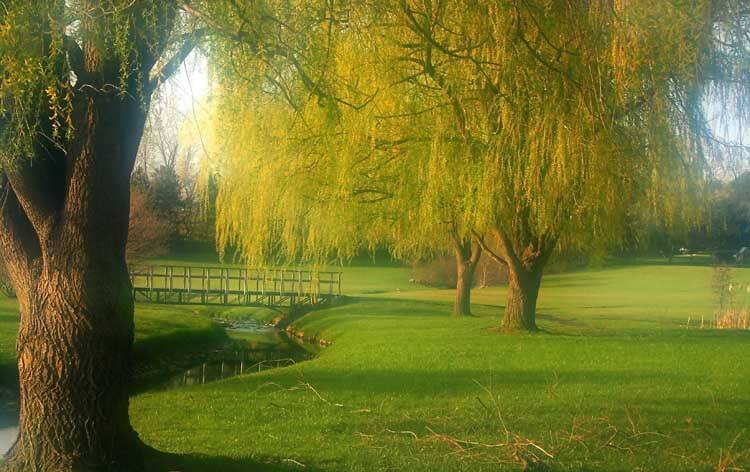
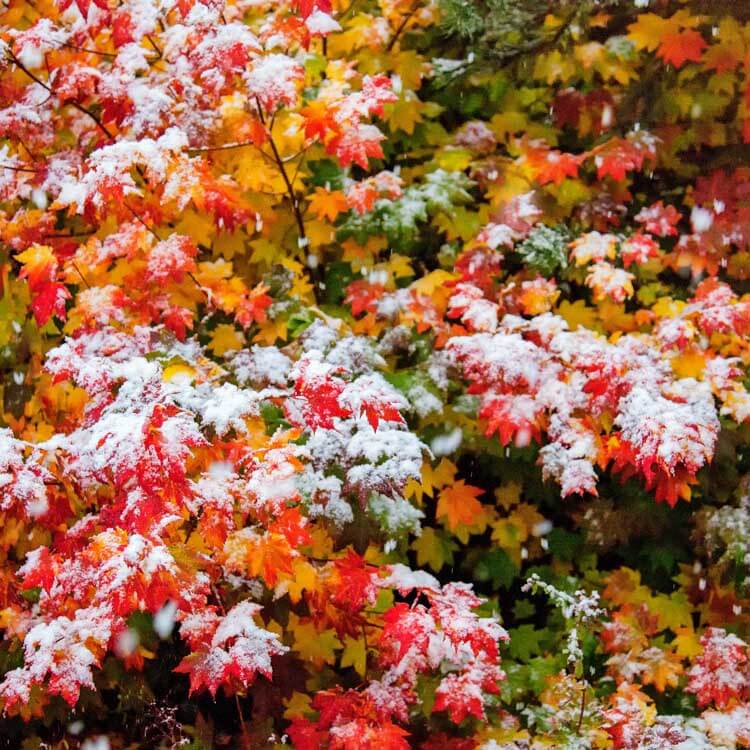



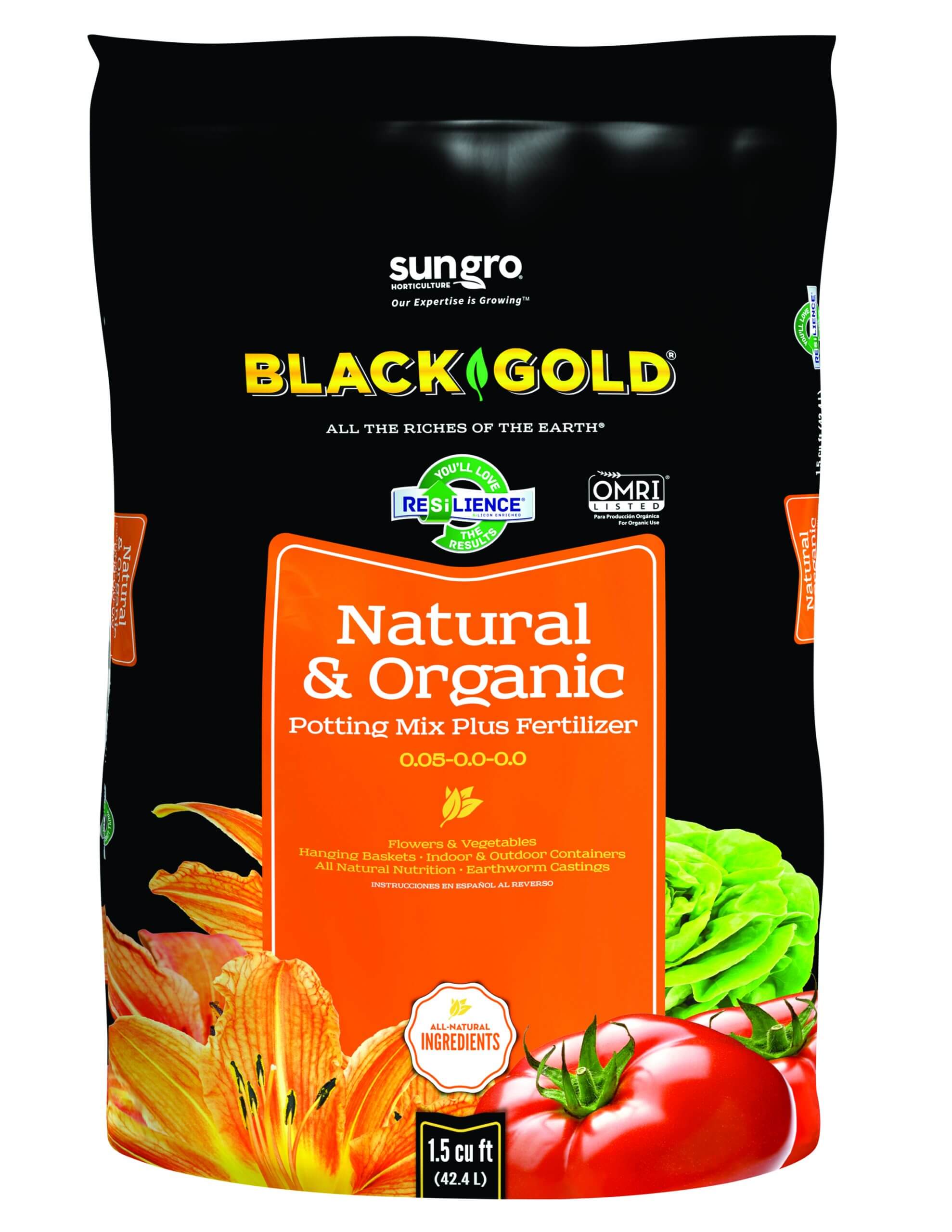

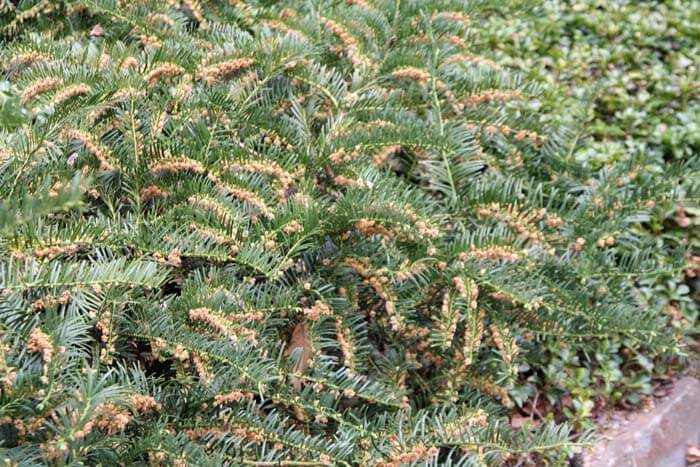
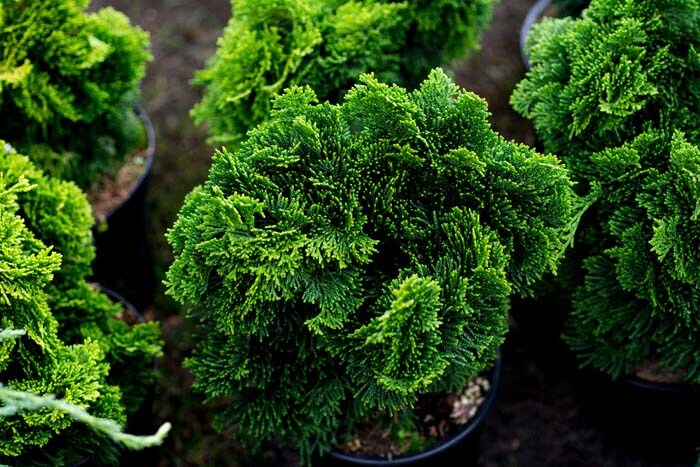
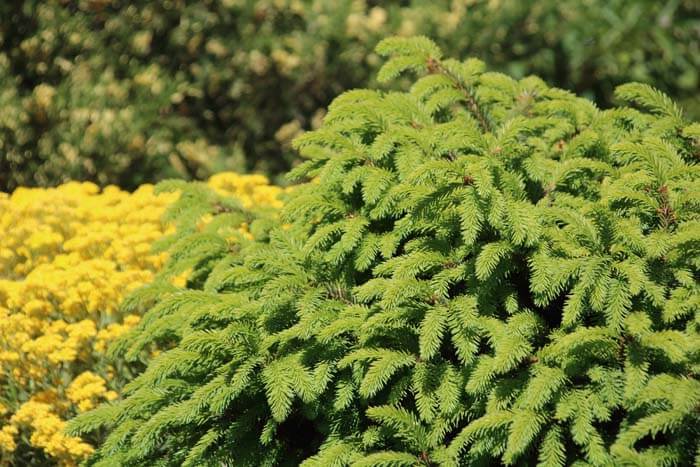
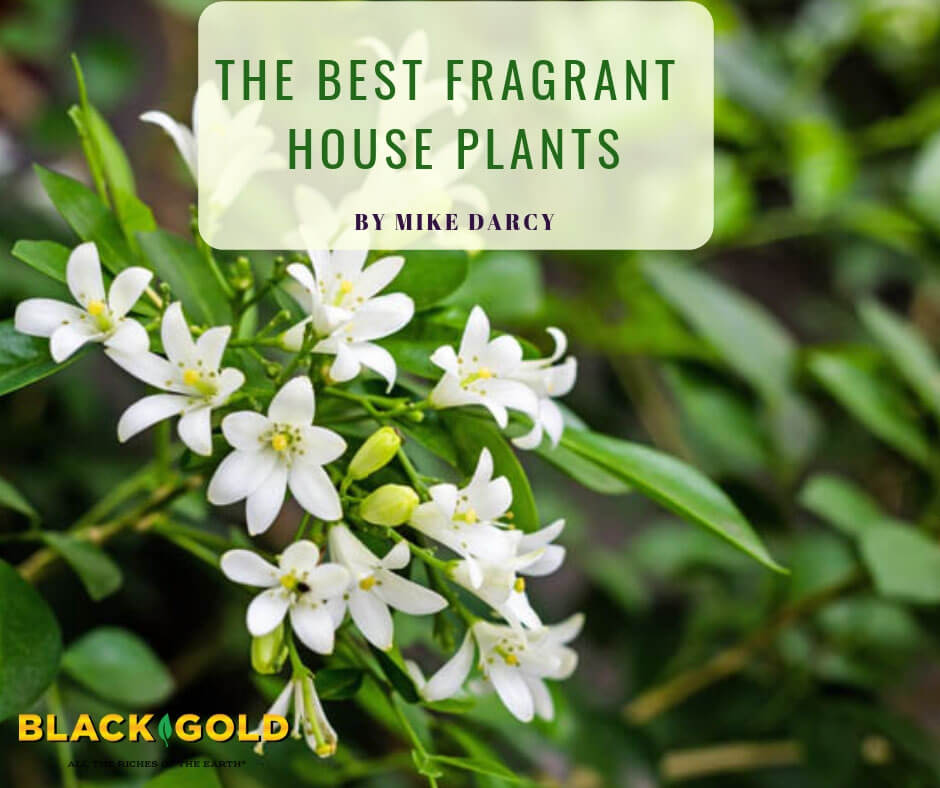

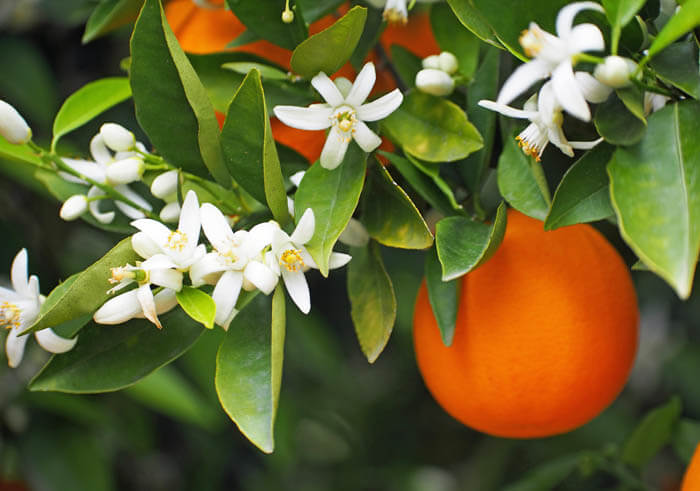
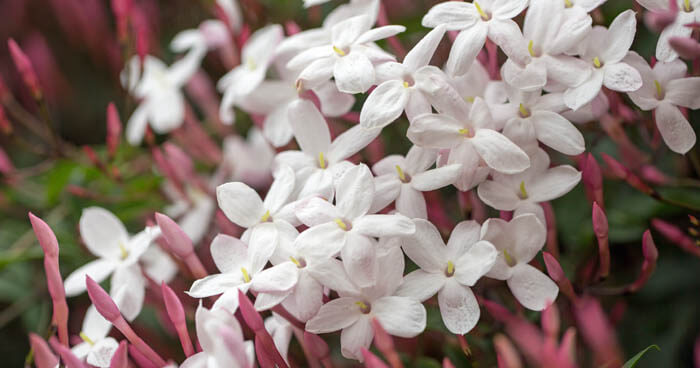


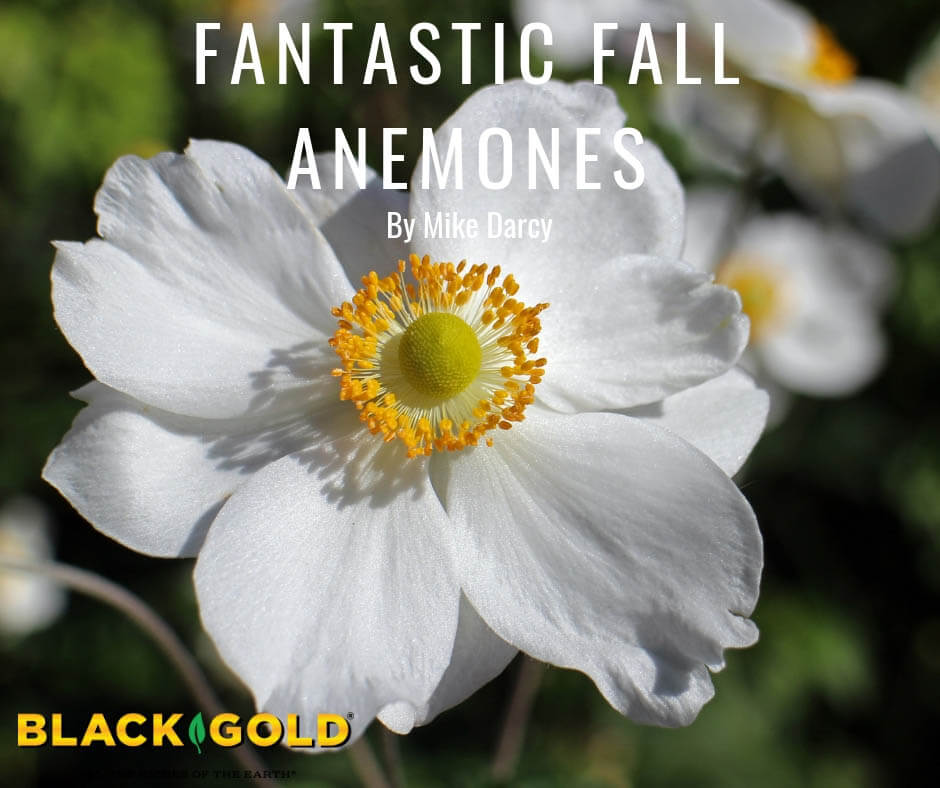

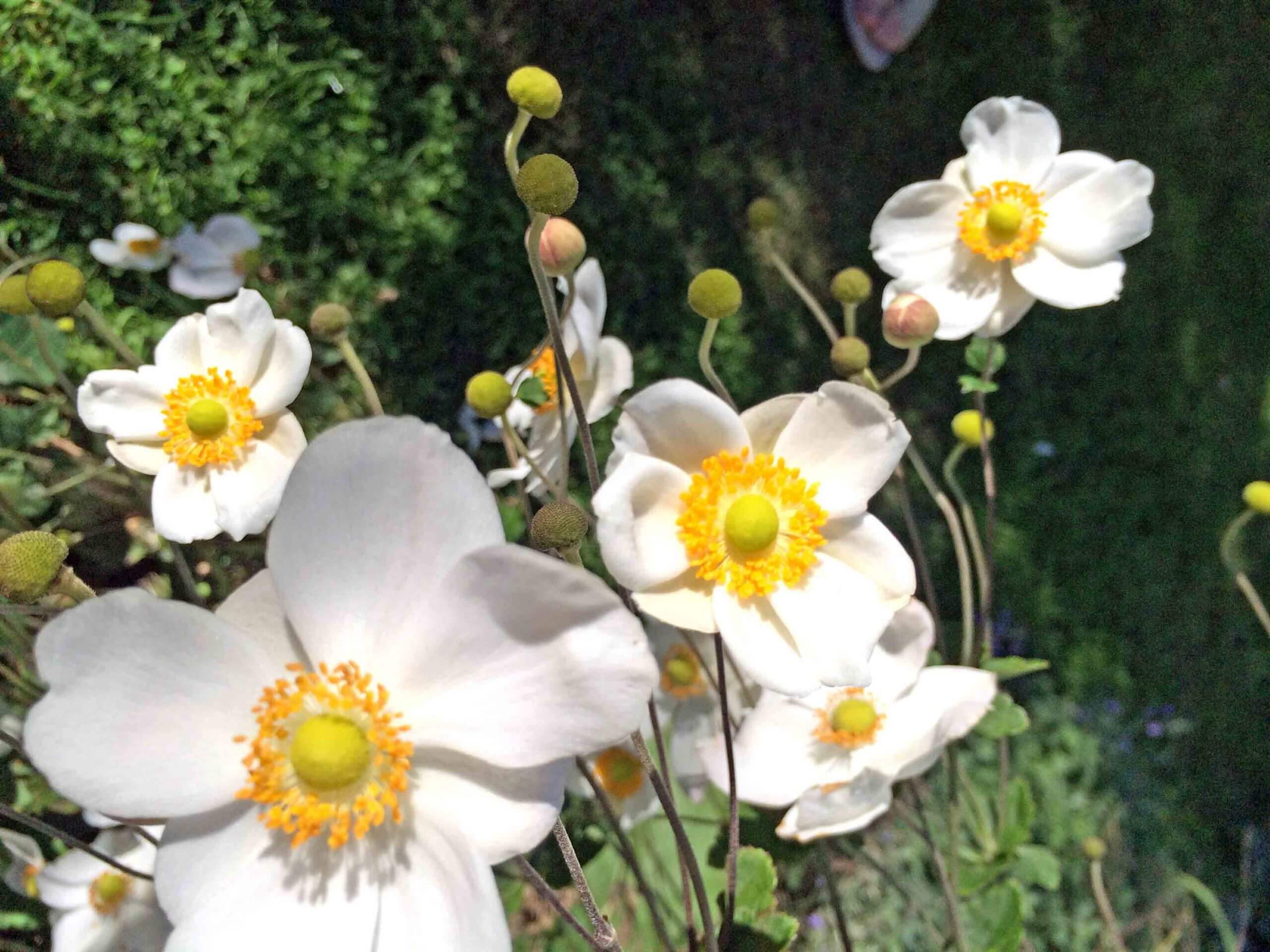
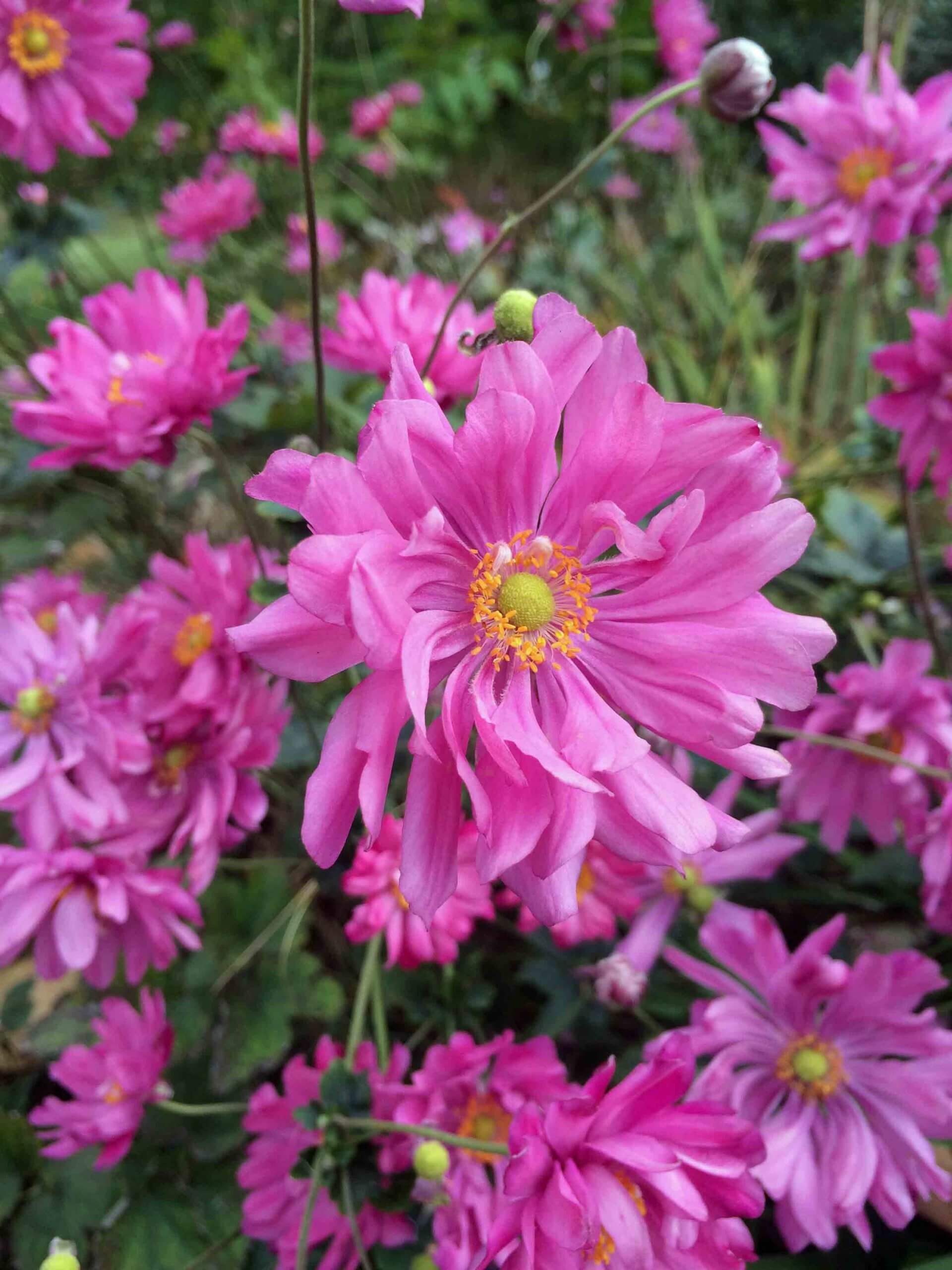

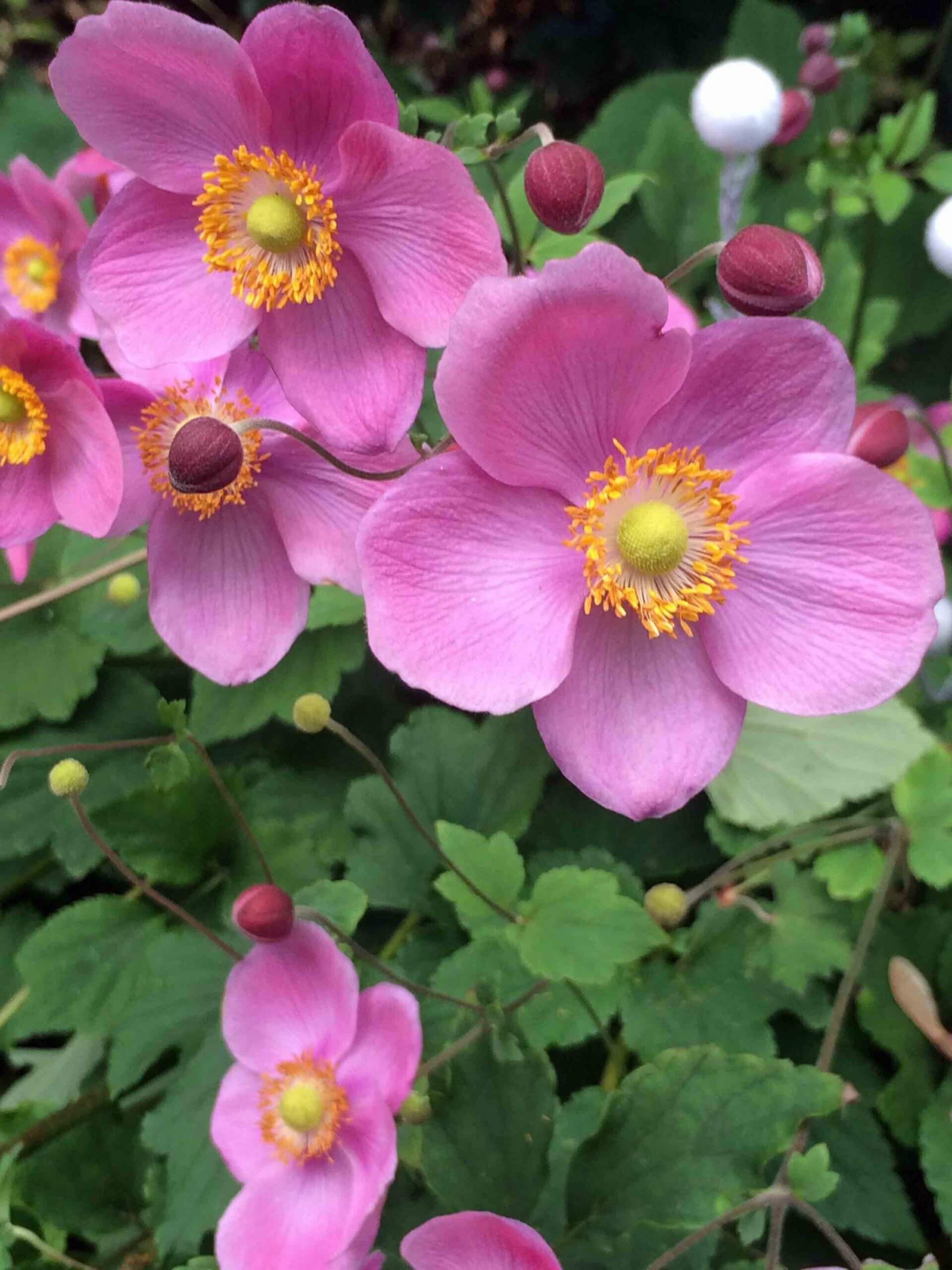
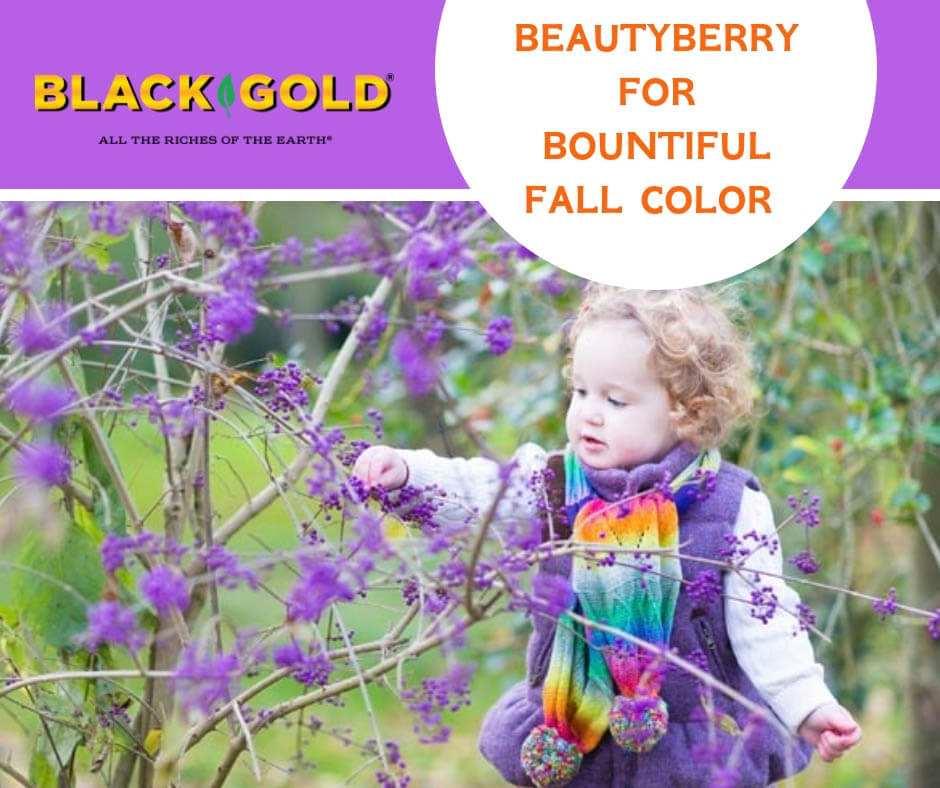


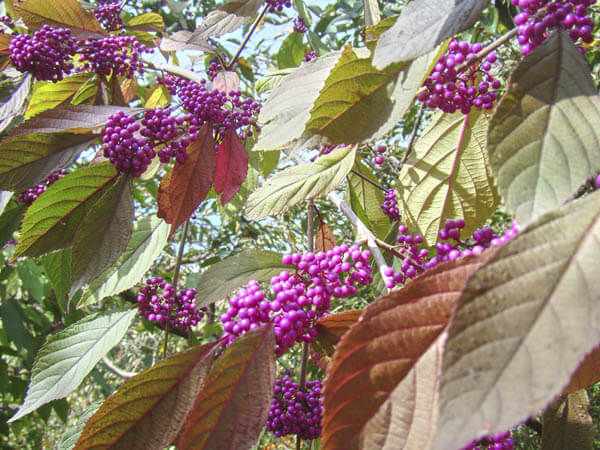
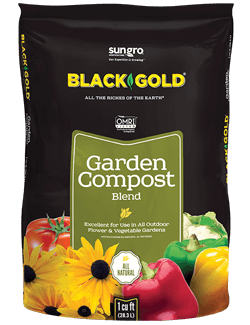
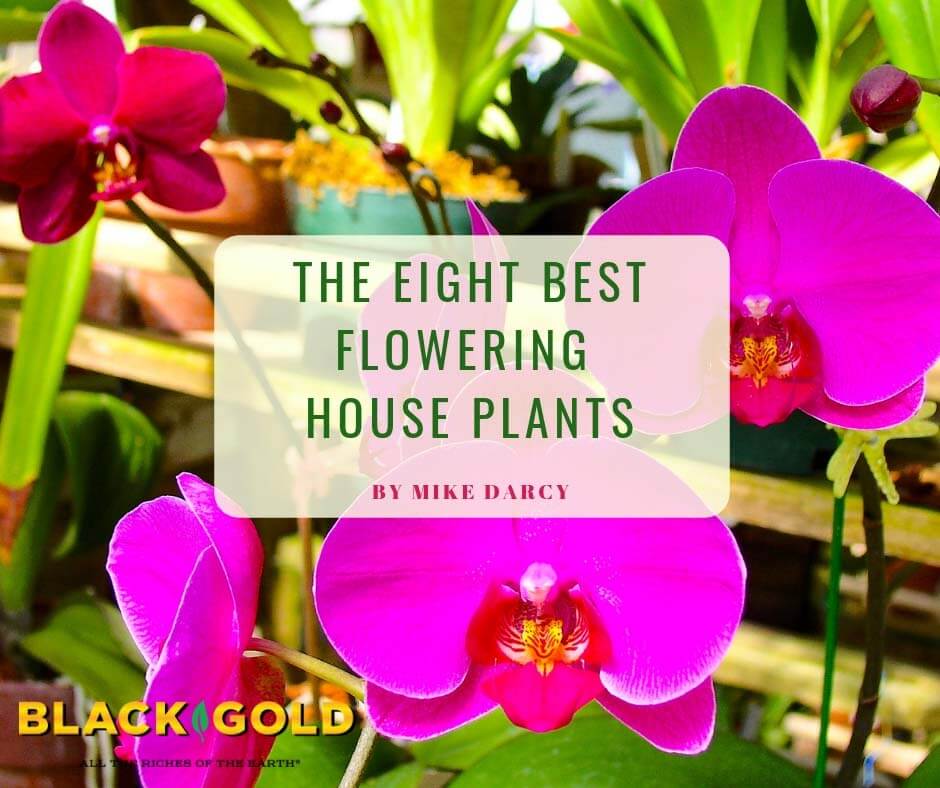
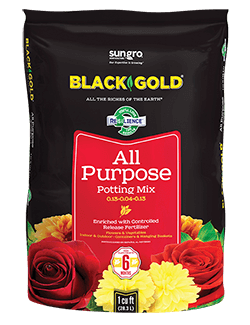 Some customers buy house plants for the flowers and others buy them for the foliage. Of course, it is a bonus if you can have both flowers and attractive foliage. Also, many flowering house plants bloom in winter when color is most desired.
Some customers buy house plants for the flowers and others buy them for the foliage. Of course, it is a bonus if you can have both flowers and attractive foliage. Also, many flowering house plants bloom in winter when color is most desired.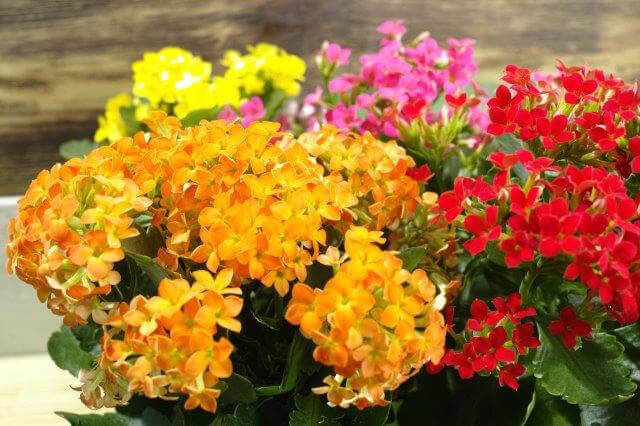

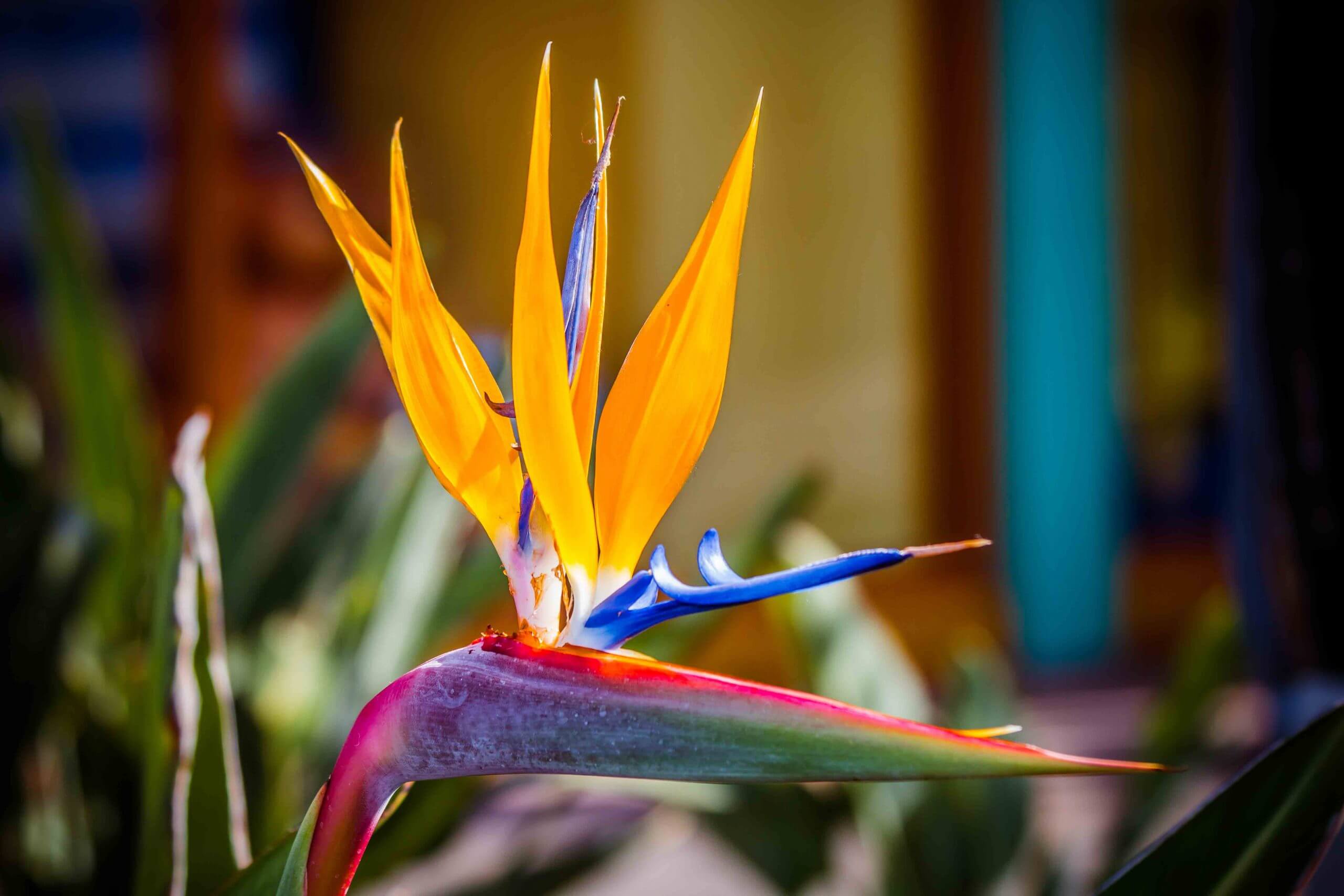
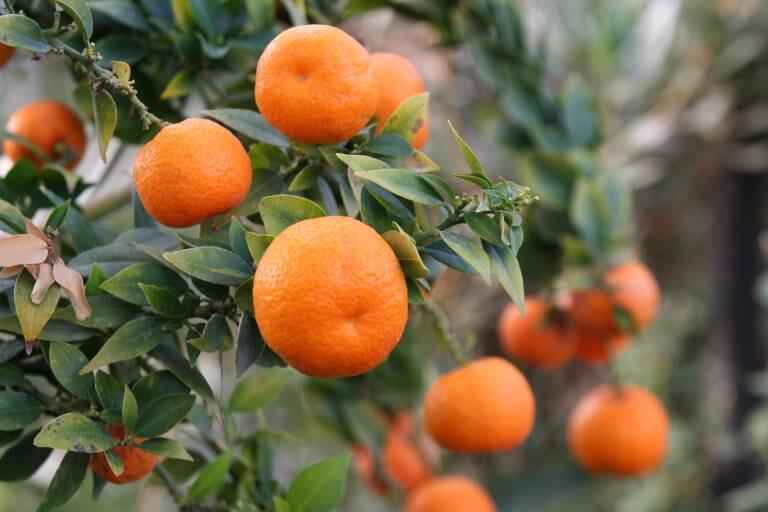
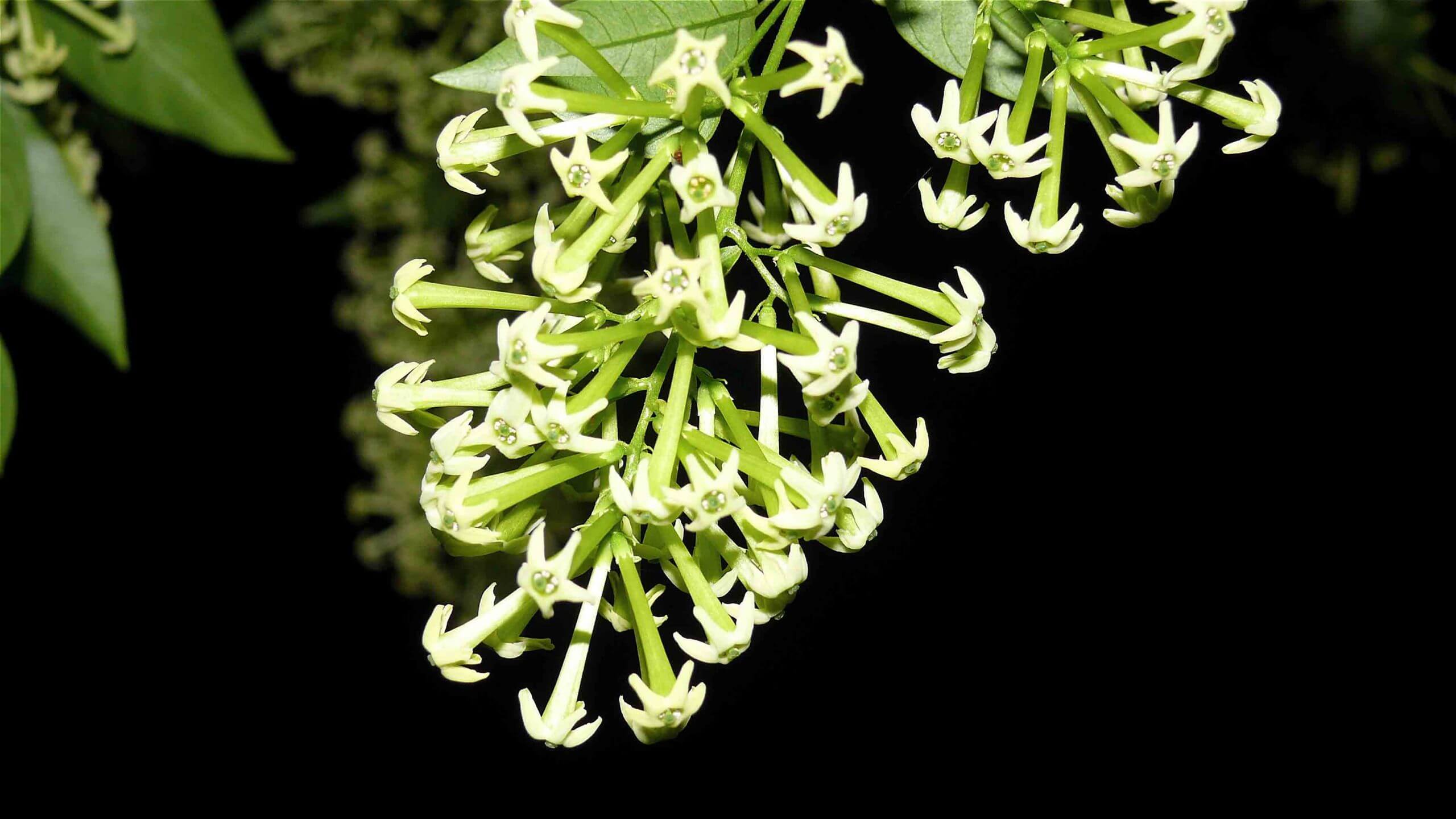
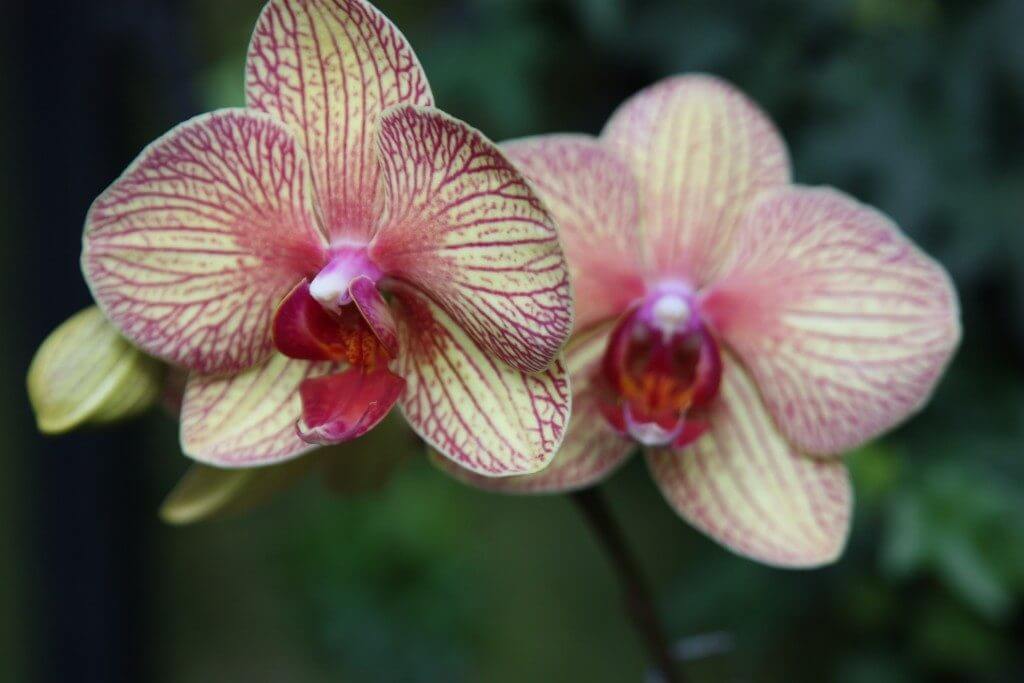
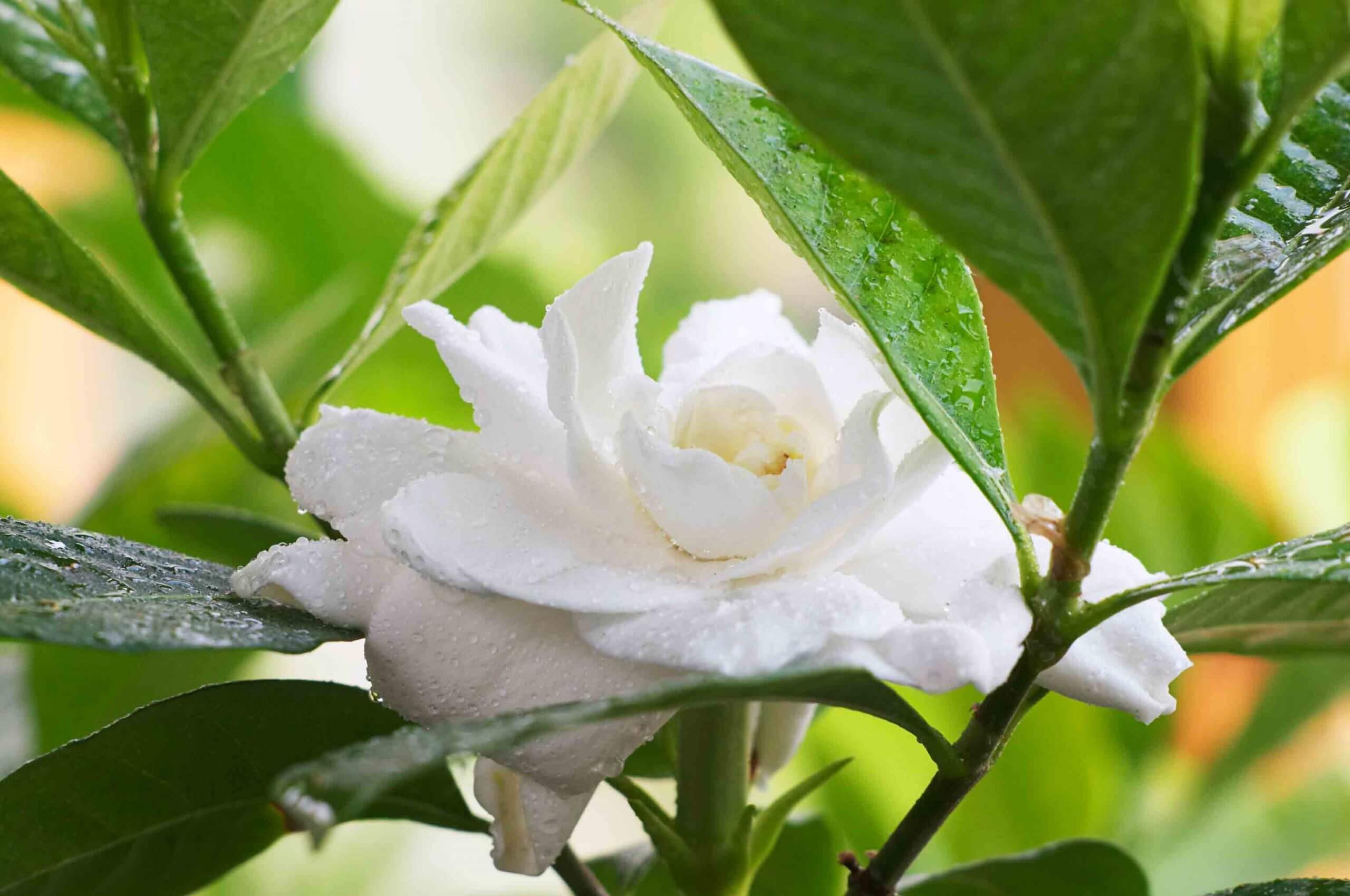


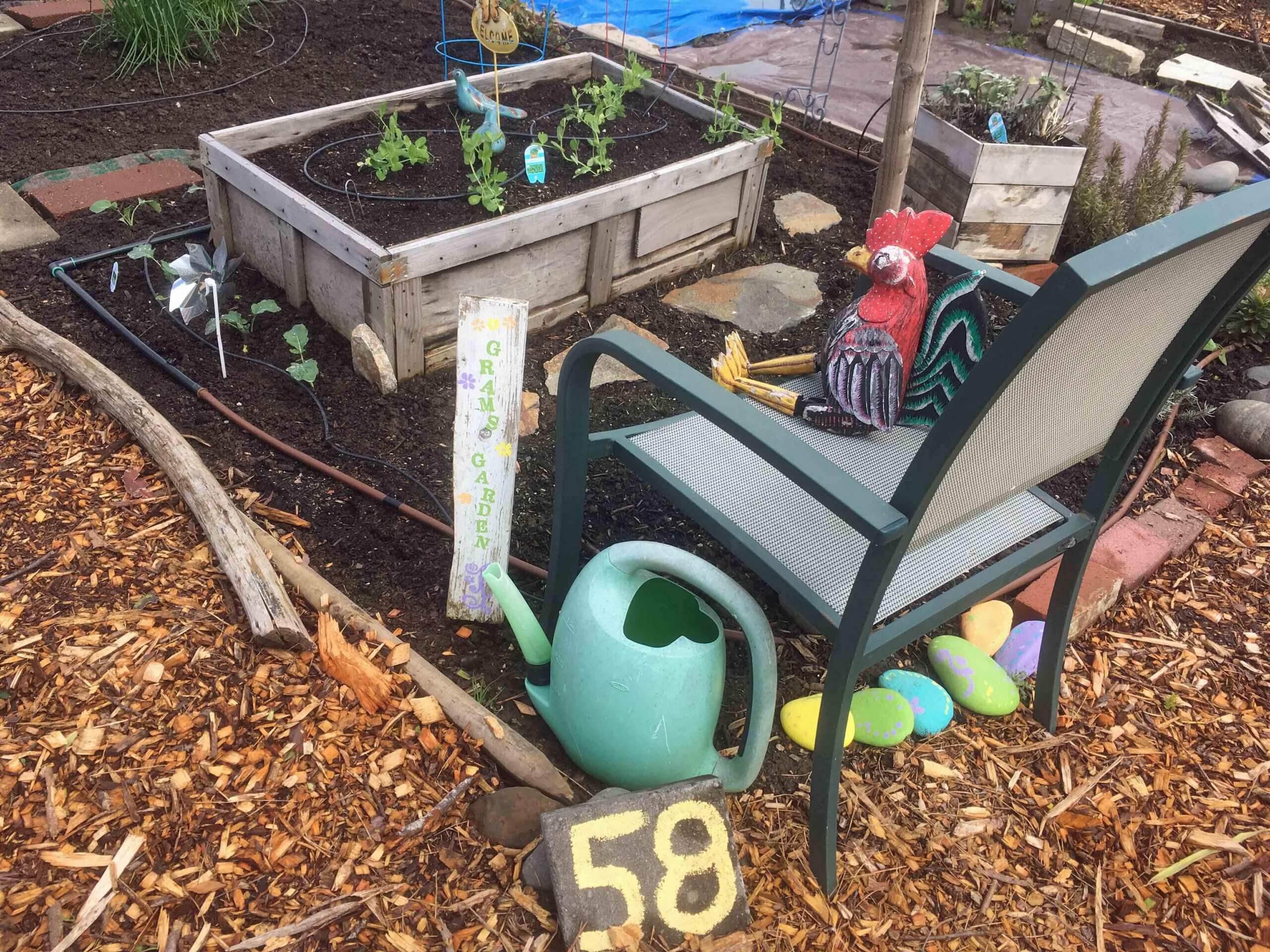
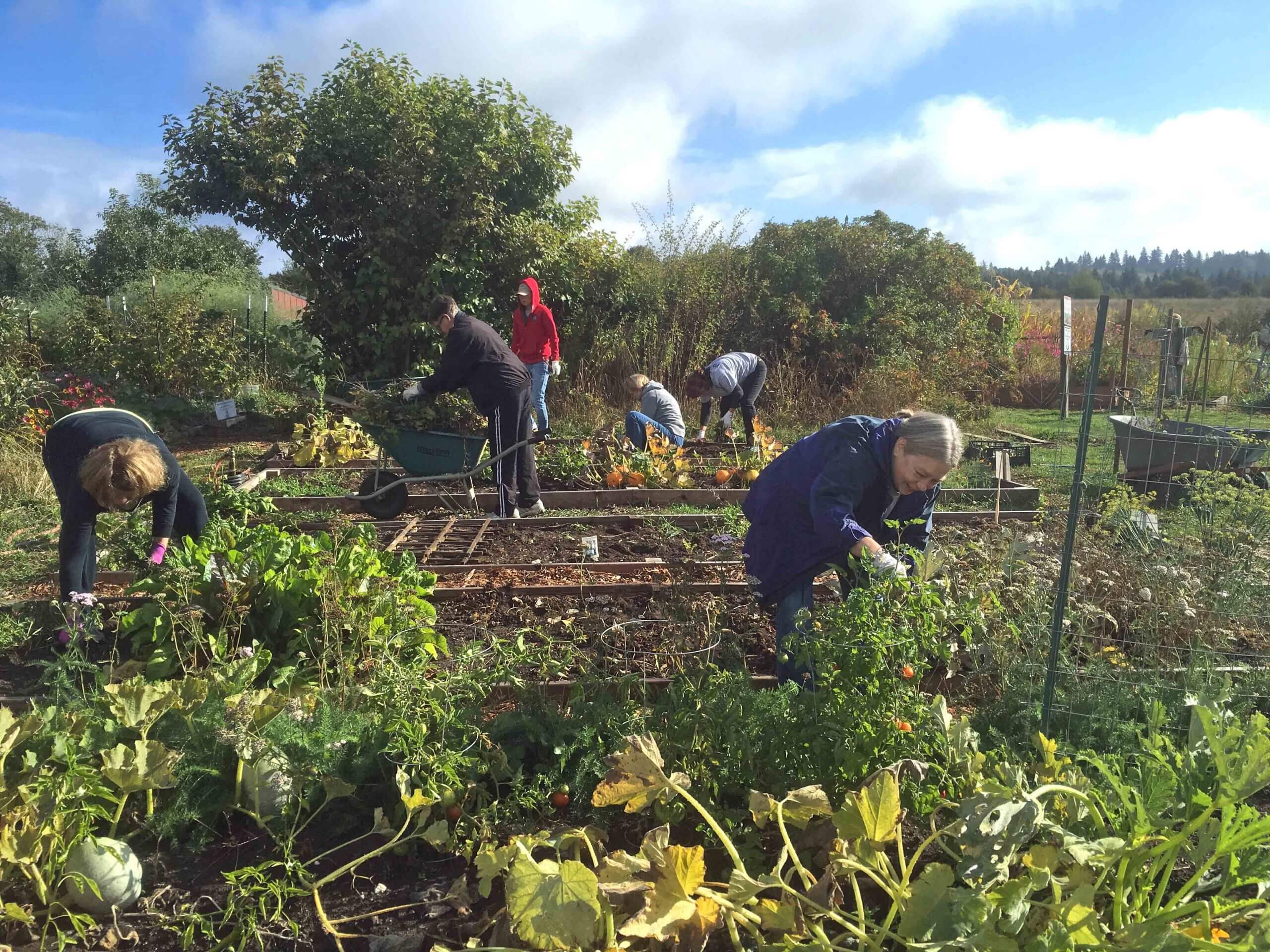

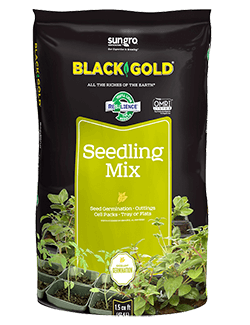 Since many gardeners start their own seeds at home and plant the seedlings in the spring, it’s smart for them to choose a mix that will yield great results. OMRI Listed
Since many gardeners start their own seeds at home and plant the seedlings in the spring, it’s smart for them to choose a mix that will yield great results. OMRI Listed